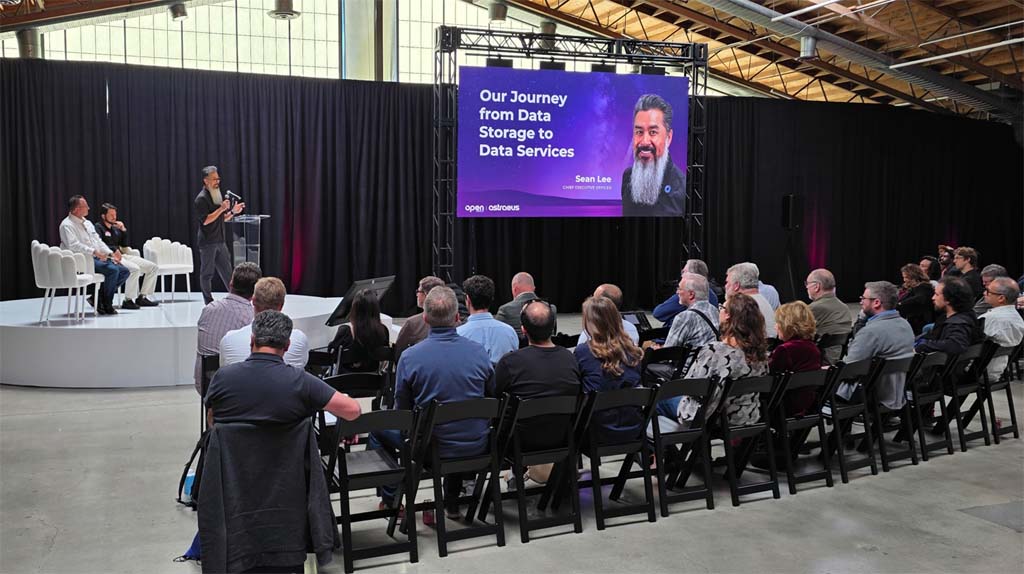Major U.S. MVPDs Agree on Definitions for Key Multiscreen TV Advertising Terms
The agreement on terminology and how it is used will help simplify buying and selling of ads

NEW YORK—At a time when major changes in the media landscape have transformed multiplatform advertising, a larger group of MVPDs have come together to offer some unified guidance on Multiscreen TV Advertising Terminology.
The effort is important because commonly accepted definitions of key terms could simplify the process of buying and selling ads by providing some clarity to the complexities of TV advertising.
The agreement on terms involved Comcast Advertising, Cox, DirecTV Advertising, Dish Media, Optimum Media, Spectrum Reach, Verizon Fios as well as Ampersand and the Video Advertising Bureau (VAB). They said the the goal of the recommendation is to align the media industry around the various delivery types of TV advertising in all its forms, focusing on the terms “multiscreen TV,” “streaming,” and “traditional TV.”
New research from Advertiser Perceptions highlighted the importance of the effort by finding that only 20% of advertisers say terms are consistently used by their partners, and there is little consensus around the advertising vocabulary being used today.*
“As TV proliferates across screens, everyone agrees that we need to simplify the buying and selling experience,” said Jason Wiese, executive vice president. strategic insights and measurement, VAB. “While some areas of complexity are more difficult to resolve than others, one relatively easy fix is to make sure everyone is speaking the same language. By partnering together across companies to define how we’re talking about multiscreen TV, we can clear up inconsistencies and confusion and bring greater clarity to our increasingly complex industry.”
The recommended terminology is based on research with Advertiser Perceptions, commonalities across current language being used, and coordination with the VAB. The new lexicon focuses on the various delivery types of TV advertising in all its forms. According to the guidance:
- When referring to video content delivered via an internet connection, use the term streaming.
- When referring to content delivered via wired cable, telco, satellite or over-the-air distribution (versus internet), use the term traditional TV. (Note: As MVPDs transition to IP-based infrastructures, some or all of the ads within a viewer's "traditional TV" experience may be dynamically delivered.)
- When referring to multiple TV/streaming endpoints, use the term multiscreen TV.
The companies involved in the effort noted that terms like “connected TV” may still be used when discussing a device, while “premium video” may still be used when referring to content that is delivered transparently in a trusted brand-safe environment, and seen by real people in a high-quality viewing experience (as defined previously by the VAB and Comcast Advertising.)
The professional video industry's #1 source for news, trends and product and tech information. Sign up below.
The guidance also notes that the commonly used term “linear TV” is not the same as “traditional TV;” this is because linear is a viewing style that can be applied to both traditional and streaming (in the case of FAST, which is watched on a linear, pre-determined schedule).
“The release of this lexicon is a unique opportunity for MVPDs to align at the most basic level—the words we use to talk about our advertising offerings,” said James Rooke, president, Comcast Advertising. “In many ways, MVPDs sit in the center of today’s multiscreen advertising opportunities, and the onus is on us to lead by example. We hope others will adopt the terms so we can all speak the same language and simplify on behalf of the industry.”
Aligning on language is particularly important to MVPDs as they are a key link in the changing TV ecosystem and often serve as industry advocates for new TV products, including addressable advertising. Ampersand, Comcast Advertising, Cox, DirecTV Advertising, DISH Media, Optimum Media, Spectrum Reach, Verizon Fios and the VAB are now officially rolling out the new language. More information can be found here.
George Winslow is the senior content producer for TV Tech. He has written about the television, media and technology industries for nearly 30 years for such publications as Broadcasting & Cable, Multichannel News and TV Tech. Over the years, he has edited a number of magazines, including Multichannel News International and World Screen, and moderated panels at such major industry events as NAB and MIP TV. He has published two books and dozens of encyclopedia articles on such subjects as the media, New York City history and economics.

